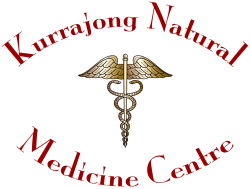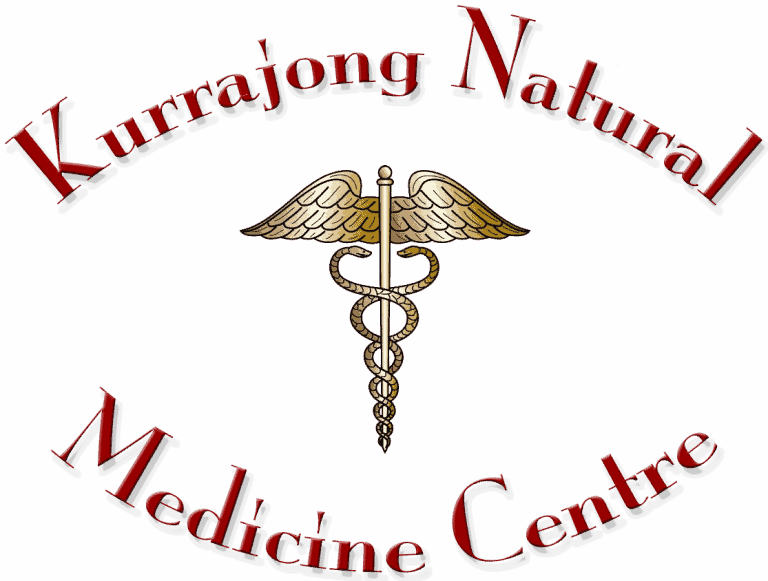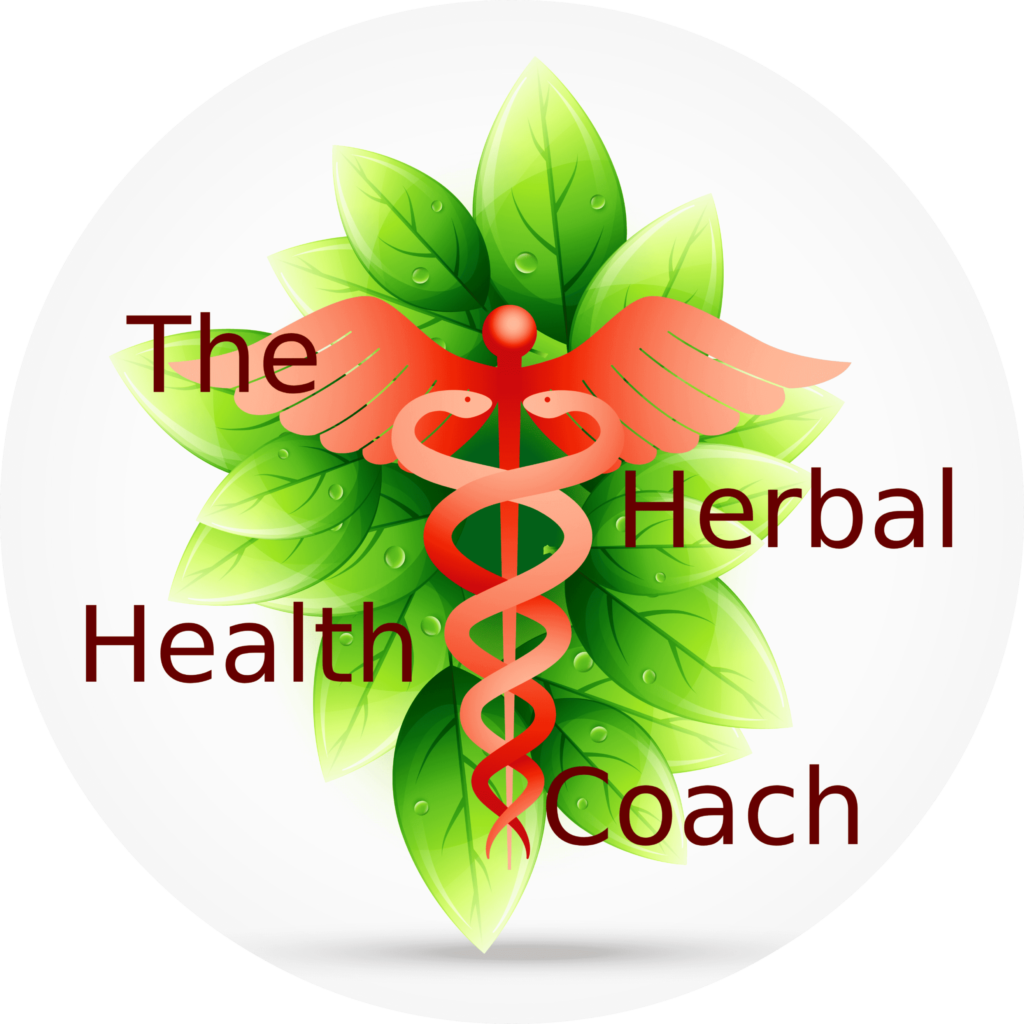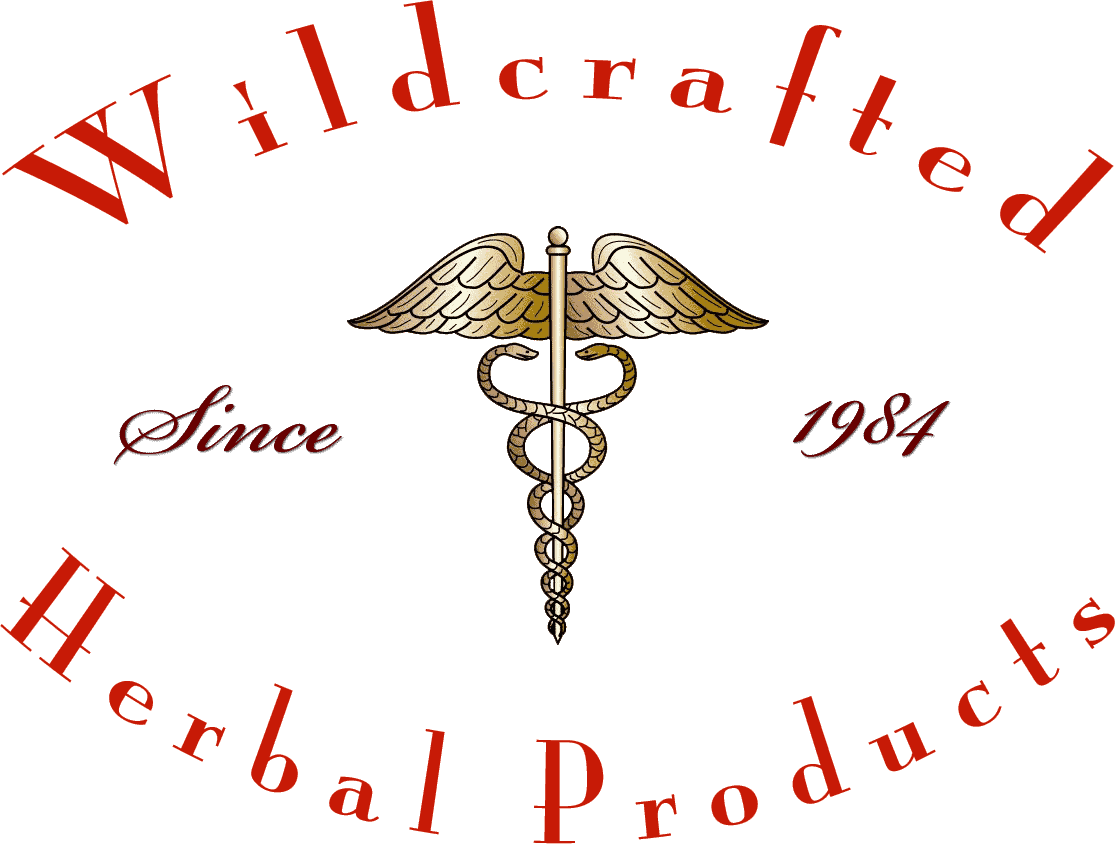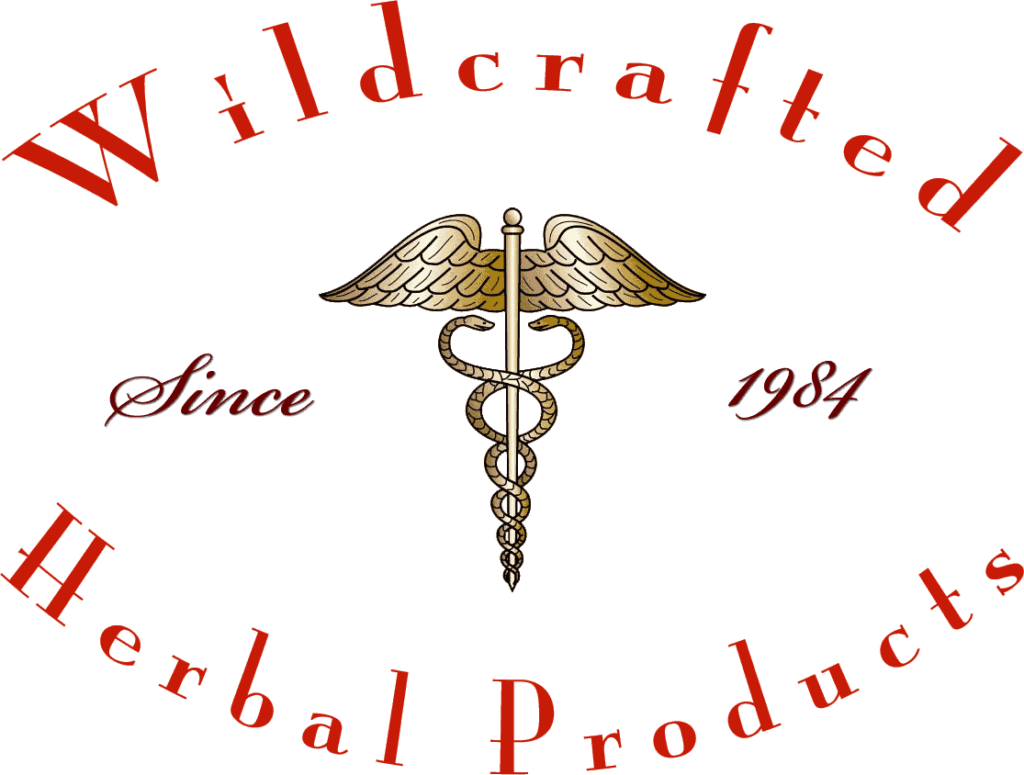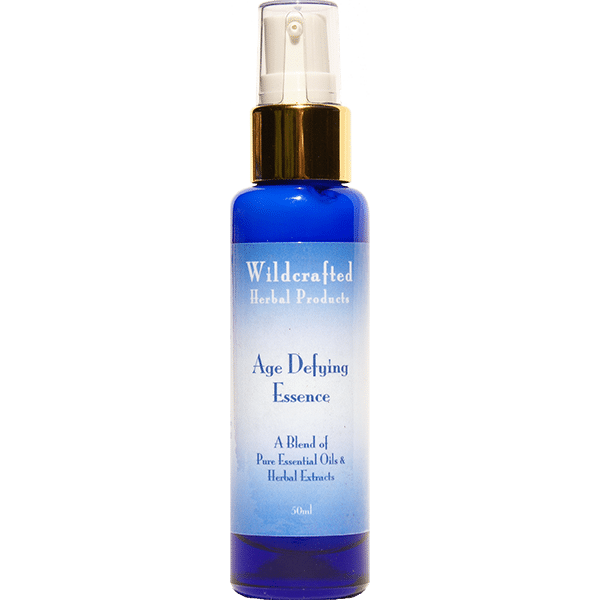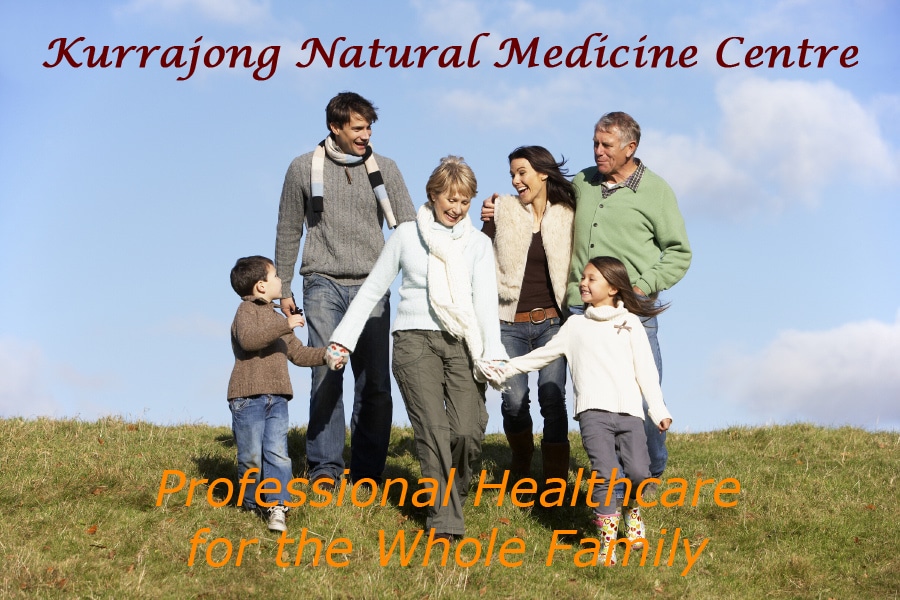The Health & Wellness Magazine - Winter 2024
Content of The Health & Wellness Magazine - Winter 2024
News & What's On
In this case, no news is good news.
Acupuncture: What It Is and How It Works
Video Presentation by Danny Siegenthaler
Acupuncture is a very complex therapeutic system. It uses Qi and Channels to deliver this Qi (energy) to the body in order to regain and maintain optimal health.
In this talk I show how Qi is an actual thing and can be seen at work...
To play the video, simply click on the white triangle in the centre of the picture above
Skin Care: Back-to-Basics Skin Care Tips
by Susan & Danny Siegenthaler
Almost every day a new skin care product hits the market with the accompanying hype of being better and making you look younger than anything else on the market. The magazines are full of colourful advertisements selling skin care products that will ‘turn back the clock of time’ and similar slogans. But we all know that this is mostly hype and marketing and the 15 year young girl pictured in the advertisement probably never used the products her face is associated with.
What We Are Told
Almost daily we are bombarded with a new skin care product and are told that if we use this product, our skin will look younger, smoother, more attractive and so on. We are presented with pictures of young, attractive women who have probably never used the products their faces are associated with and probably never will.
We are lead to believe that ‘the active ingredient’ in these products are a new discovery (usually they also get some sort of pseuo-scientific name) and if we use the product that has this ‘magical’ ingredient we will end up with 20 year young skin – Sure !
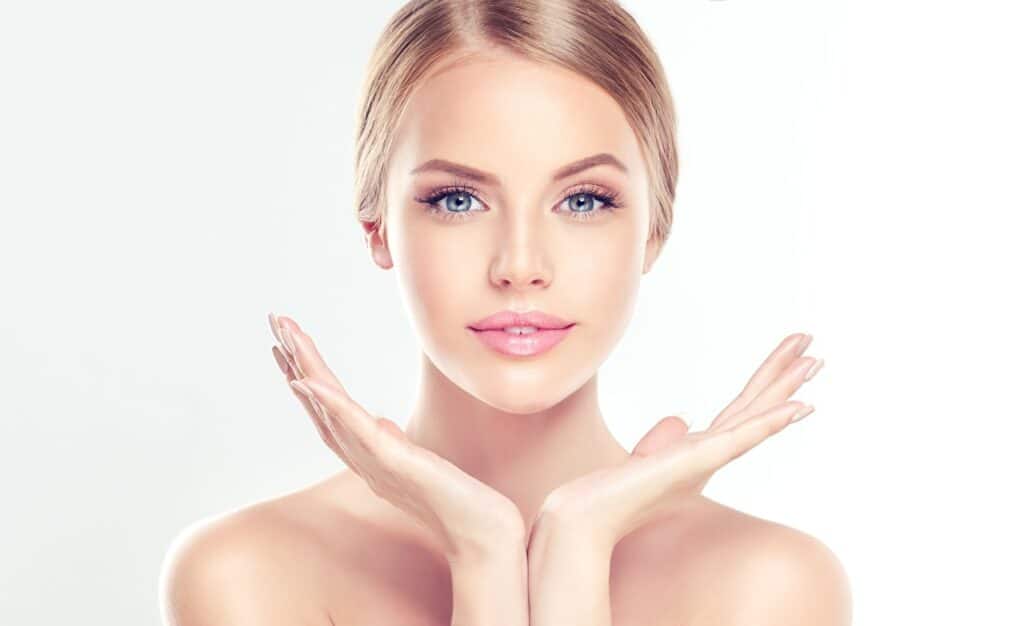
The Truth About Skin Care
Skin care is just that – taking care of one’s skin, nothing more, nothing less. How you do this can depend on many things. The health of your skin, money, time, knowledge and probably a number of other factors will determine how much care you give to your skin.
Let’s review what your skin does for a moment. Firstly, it protects the inside of you body from the outside. That is, the skin forms a barrier between our external environment and our body’s insides. It is water proof and at the same time acts as a defence from pollution, microbes and other potentially harmful factors. In addition, it is partly responsible for eliminating toxins from our body in the form of perspiration, and your skin assists the body in temperature regulation. These and other functions are preformed by our skin on a continuous basis. So how do we take care of our skin, to ensure that it can continue to perform at its optimal level?
Back-to-Basics of Skin Care
There are 3 basic principles that come together in good skin care.
- Drinking enough water on a daily basis to keep the skin well hydrated. This involves drinking at least 2 litres of water each and every day, because the body’s metabolism will require this amount of water to function properly. More water is required if we engage in strenuous physical activity or work in a physically demanding environment. You can use the most expensive moisturisers you like, if you don’t drink enough water, your skin will become dehydrated and no moisturiser or beauty treatment will stop this in the long term.
- Eating good quality, unprocessed foods such as fruits, grains, vegetables, some dairy and lean meat, will help you to provide the skin with the nutrients it requires to keep performing its vital functions. Your skin needs vitamins, minerals, trace elements, amino acids, etc., to function properly and while some natural skin care products do provide many of these nutrients, there is no substitute for nutrients gained from high quality food.
- A daily skin care regime that will unclog pores, remove dirt and dead skin cells, as well as provide nourishment to the underlying, living skin cells, is an essential step to good skin care. Now this regime can be quite simple or more involved.
At its most basic, skin care can involve as little as using a loofah on a daily basis when showering or bathing, to remove the dead cells from your body’s outermost layer of skin. Using a loofah not only removes the dead skin cells, but also promotes blood circulation to the outer layers of your skin, providing it with nutrients and oxygen.
In addition, use a mild, natural, pH-balanced (slightly acidic) soap to keep your skin clean and you’re done.
Let’s face it, many people don’t even use a loofah, and couldn’t care less about what sort of soap they use to wash their face and body with. However, more concerned folk, who have an interest in maintaining the health and look of their skin for as long as possible, may be prepared to go a few steps further than that by implementing a good, daily skin care regime utilising natural skin care products.
Implementing a Good Skin Care Regime
A sound, basic skin care regime is more than enough for most people. Using a loofah for their body’s skin, a cleanser, toner and moisturiser for the face, plus an all-over body moisturiser is all that’s required most of the time. In addition, using a clay mask once or twice a week will help to remove dead skin cells and deeply imbedded dirt from the facial skin and pores. An exfoliant can also be used, probably 2-3 times a week, if you’re not using a loofah.
Increasingly, consumers are becoming aware of the potential health risks presented by artificial and other non-natural ingredients in beauty products. We all, well most of us, avoid foods and beverages which contain artificial preservatives, flavours, emulsifiers, etc., for sound health reasons. These days, we’ve extended this concern to other areas of products we use on our body and in our home.
Making use of natural skin care products that contain as many organically grown ingredients such as essential oils, herbal extracts, cosmetic butters and the like, are a preferred option for discerning customers. There are positive health benefits associated with using holistic natural ingredients rather than isolated active compounds, because the body is able to better utilise natural substances and the chance of negative side-effects is reduced.
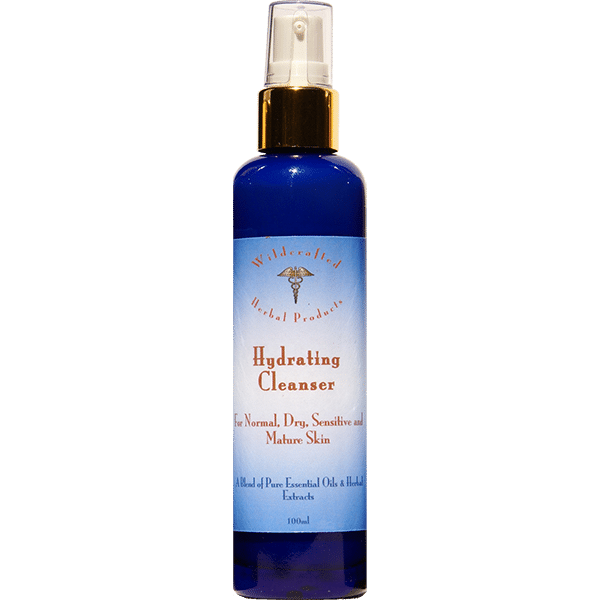
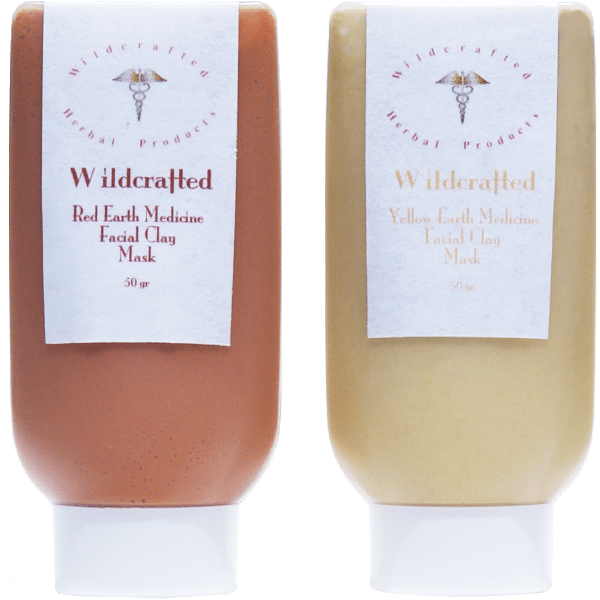
Wildcrafted Earth Medicine Facial Clay Masks are a blend of the finest quality argiletz active mineral clays and plant hydrosols.
Earth Medicine Facial Clays are pure and natural clay-based skin care products that help you keep your skin looking smooth, vibrant and youthful.
Here Are Some Of Our Most Popular Therapeutic Creams
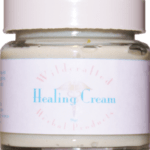
Wildcrafted's Healing Cream
Treats minor skin injuries, cuts and bruises
Read more...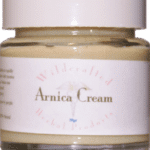
Wildcrafted's Arnica Cream
Helps to rapidly clear bruising and swelling
Read more...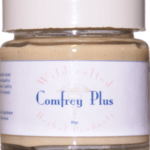
Wildcrafted's Comfrey Plus Cream
Treats traumatic injury to nerves, joints, bone, muscles and more
Read more...Health Benefits of Parsley
by Susan & Danny Siegenthalert
 Parsley contains a high concentration of vitamin C, iron and is a good source of manganese. It also contains calcium and is a great source of potassium.
Parsley contains a high concentration of vitamin C, iron and is a good source of manganese. It also contains calcium and is a great source of potassium.Iron is essential for healthy nails, skin colour, and hair growth, while Manganese helps to maintain healthy hair. Manganese activates one or more enzymes in fatty acid synthesis; it also activates the enzymes responsible for DNA and RNA production.
Calcium and Phosphorus work together for healthy teeth, hair, nails and bones. Calcium helps clear blemished skin and revitalises lifeless, tired-looking skin.
Together these vitamins and minerals which are contained in Parsley have a powerful health benefit on your skin, hair and overall health.
Medicinal Actions and Uses of Parsley
The use of Parsley is not restricted to culinary applications. Sure, parsley is a common ingredient in sauces, soups, rissoles, mince and salads, etc., however, parsley also has medicinal applications.
Herbalists may choose to use parsley in their treatment approach to dysmenorrhoea, amenorrhoea, as a diuretic, anti-flatulent and/or to stimulate appetite.
Other constituents found in Parsley
The essential oil comprising apiol, apiolin, myristicin, pinene. In addition to the ingredients listed earlier, parsley also contains flavonoids, a glucoside, apiin, and pro-vitamin A.
How to Use Parsley
Parsley can be used as a juice in concentrated form or as part of a salad. Parsley is also frequently used as an edible garnish, but no matter what form it is used in, it is one of nature’s more powerful “vitamin pills”.
Ever Wondered How You Develop An Allergy?
- Unknown cause, but suspected to have a genetic component; that is you may be able to inherit an allergic tendency.
 While this scientific information can be helpful in determining a person’s likelihood to develop specific allergies, it’s not the only way a person can develop an allergy. Certain allergies (like poison ivy) aren’t caused by a person’s hereditary background. Age can also play a part in the development of an allergy.
While this scientific information can be helpful in determining a person’s likelihood to develop specific allergies, it’s not the only way a person can develop an allergy. Certain allergies (like poison ivy) aren’t caused by a person’s hereditary background. Age can also play a part in the development of an allergy.- T-cells, B-cells & Mast cells combine to instigate the body’s immune system response to an allergen.
- Slows heart rate,
- Reduces blood pressure,
- Slows the rate of breathing, which reduces the need for oxygen,
- Increases blood flow to the muscles, and
- Decreases muscle tension.
- More energy,
- Better sleep,
- Enhanced immunity,
- Increased concentration,
- Better problem-solving abilities,
- Greater efficiency,
- Less anger, crying, anxiety, frustration, and
- Less headaches and pain.
Simply call (02) 4573 0784
Healthcare
by Danny & Susan Siegenthaler
This is a large topic and could fill not just one but several books. However, here we will focus on why using systems of medicine such as Chinese, Ayurvedic and traditional naturopathic medicine is, for the most part, preferable over using other systems.
These systems of medicine have been around for thousands of years. More people, worldwide, use these over any other system of medicine, including our western medicine. India and China have the largest populations in the world, each around 1 billion, so their systems of medicine work and have done so for a long, long time.
In the main, they do not focus on killing a virus or bacteria and they do not treat individual diseases as such. Instead, they look at the patient as an integrated living being who is more than just a disease. The patient is an individual who has become ill because factors in their environment and in their lifestyle have caused their otherwise perfectly well-balanced system to go out of whack. These systems of medicine treat the whole person, taking all aspects of their lives into consideration and then treating the person holistically. That means treating not just their Arthritis or high blood pressure or other specific problem, but the whole living interconnected being.
This is vastly different from what the western system does. It targets specific dysfunctions with drugs that will do what the body is not doing, rather than helping the body to regain its functionality. In some cases, this is all that can be done. However, more often than not, a holistic approach will correct the dysfunction, with the added bonus that the patient will not become dependent on drugs for the rest of their life.
There is a big problem with western medicine that is so obvious it’s ridiculous. Drug companies are owned by shareholders, and these shareholders invest their money in these companies with an expectation of making money, having the share price rise and getting dividends each year. Therefore, it is a company’s responsibility to maximise their profits and then share this with its shareholders.
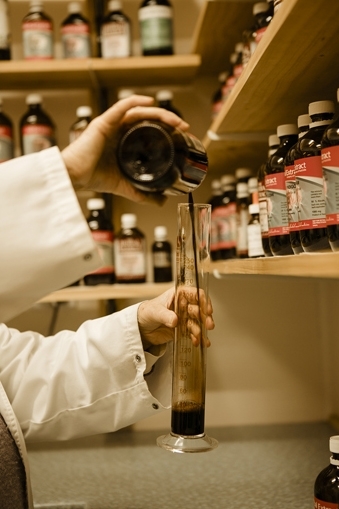
Here’s the problem. If you were a company and had the choice to make either product A, which the patient would need to take for 3-6 months, after which they would be free of the disease and would no longer need the drug, or you could make product B, which the patient would have to take for the rest of their life, which do you think would be more profitable to you and your shareholders? It’s as simple as that.
Unlike the allopathic western system, Chinese, traditional naturopathic and Ayurvedic medicine were not built on a corporate system, but were practiced by village doctors. They grew the herbs in their natural surroundings and picked them as needed. They used acupuncture, which involves stimulating points on the body that help the body to regain normal function. They used a range of exercise therapies, such as Yoga, Tai Chi and Qi Gone, to teach their patients how to retain their health. These systems did not evolve around a capitalistic model of healthcare. Western medicine is the only system of medicine that views itself as a money-making industry.
So, it stands to reason that if you want real healthcare, you need to think seriously about which system or systems you want to use to maximise your chance of a healthy old age. Don’t get me wrong; I’m not saying that western medicine is useless. Not at all. It does have its uses. For example, its emergency medicine is the best there is. The lifesaving drugs used on patients having strokes or heart attacks are second to none. Emergency medicine in the West is highly effective and we would be all the poorer if we didn’t have it. Also, some drugs can be vital if, for example, you have severe diabetes. However, for health problems that do not require lifelong drug therapy or emergency care, other traditional systems of medicine offer far better solutions.
There is also no reason why western medicine and the other systems cannot be used together. We frequently have patients who are taking some drugs prescribed by their GP along with herbs from us. Often, they are able to stop the drugs after some time and eventually stop the herbs as well.
We also want to make the point that your GP is not the same as a drug company. Many GPs are frustrated with the tools they have at their disposal and some even take up herbal medicine and/or acupuncture to provide their patients with better alternatives than strong drugs with potentially harmful side effects. This shows that the system they have to use is not all it’s cracked up to be and many of them are looking at alternatives to integrate into their practice. Some stick to what they do, preferring to be the best they can be at what they do, and refer patients to practitioners like us. Together, we address the problems presented by these patients. This works very well and is often very successful.
Did You Know?
Did You Know?
Did you know the Hawaiian alphabet has 13 letters
Did you know 'Topolino' is the name for Mickey Mouse Italy
Did you know Perth is Australia's windiest city
Did you know Switzerland eats the most chocolate equating to 10 kilos per person per year
Did you know the only continent with no active volcanoes is Australia
Did you know the longest street in the world is Yonge street in Toronto Canada measuring 1,896 km (1,178 miles)
Did you know 'Lonely Planet' for travelers is based in Melbourne Australia
Did You Know?
Did you know In eastern Africa you can buy beer brewed from bananas
Did you know African Grey Parrots have vocabularies of over 200 words
Did you know Australia was originally called New Holland
Did you know 'Lonely Planet' for travelers is based in Melbourne Australia
Did you know hippopotamuses have killed more people in Africa than any other animal
Did you know the coins thrown into the Trevi fountain in Italy are collected for charity
Did you know french fries are originally from Belgium
We hope you enjoyed our latest Edition of The Health & Wellness Magazine. We are always open to constructive feedback and ideas for future articles. If you have a particular topic you would like us to cover relating to yoga, alternative medicine, meditation, etc., please let us know and we will include it in an up coming Magazine
Namaste.
